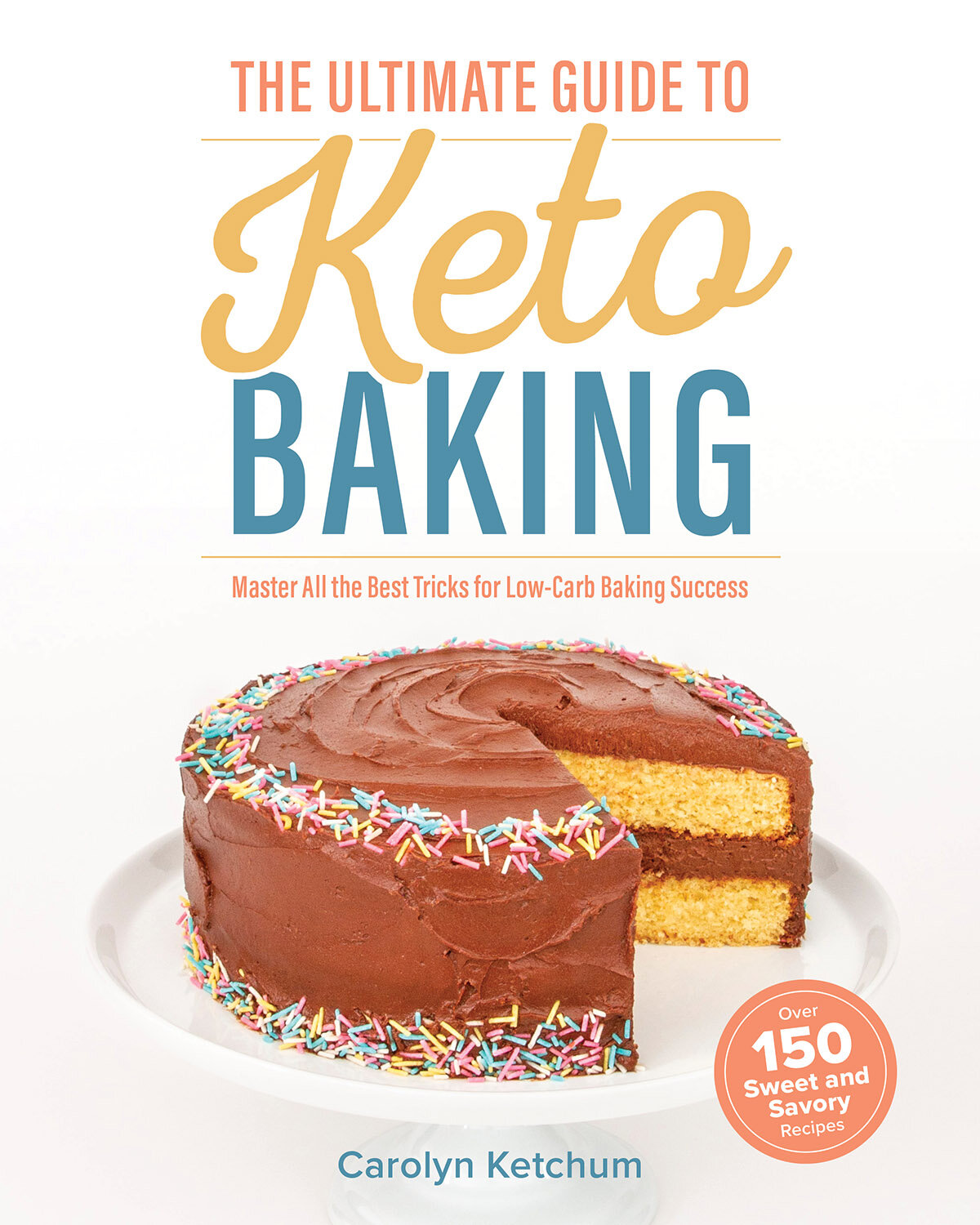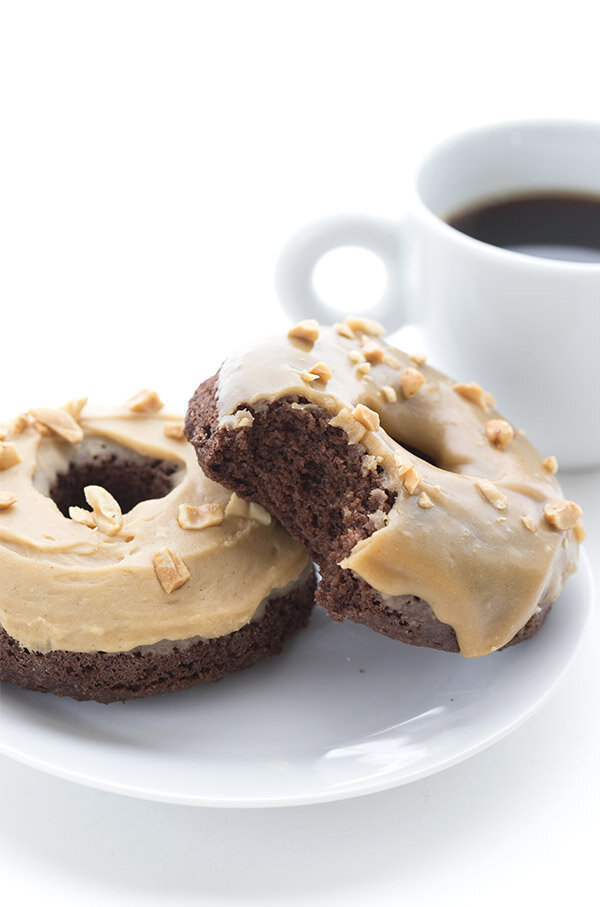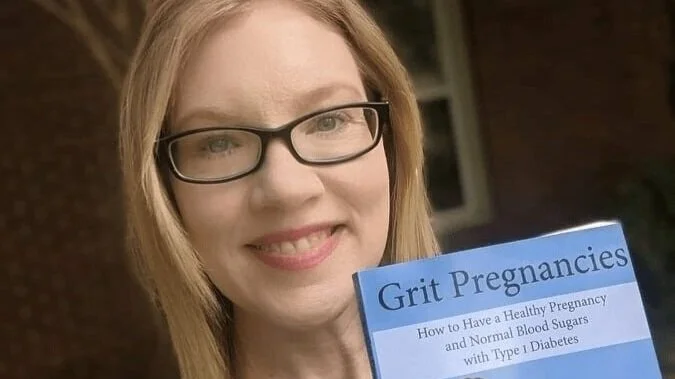How, as a diabetic, can you reduce your overall insulin needs and insulin expense (if in the USA)? By changing the way you eat. Read about Shane’s experience reducing his insulin needs and losing weight after just 4 months of adopting the low carb lifestyle.
Five Ways to Lower Your Blood Sugar
If you want to gain control of your blood sugar levels quickly, where do you start? Here’s a quick guide to get you on the right path to diabetes management by Registered Nurse and Certified Diabetes Educator, Allison Herschede.
Protein: How to calculate your dose
How to calculate your insulin dose for protein when you’re low carb or Keto. Follow these steps for injections or pumps.
MAKING YOUR “NEW NORMAL” NORMAL
You are sitting in a hospital. You have just received, quite possibly, the most devastating news of your life thus far. You are being told that your child, the person who possesses your entire heart, has a chronic and life-threatening disease, type 1 diabetes.
Please Welcome Ashley Harris!
Ashley Harris has joined diaVerge as a Content Coordinator for the new LC T1D Community! Both Ashley and her young daughter are T1D, and Ashey is incredibly involved in the online and local T1D parent communities.
Cookbook Review: The Ultimate Guide to Keto Baking
I received a complimentary copy of this cookbook to review. All opinions are my own and are in no way influenced by ADIDAF. This post contains affiliate links. If you choose to purchase through one of these links, we earn a small commission while not costing you any more.
We all know Carolyn Ketchum through her incredible low carb site, All Day I Dream About Food.
Carolyn's recipes are famous among the low carb/Keto crowd and her personal experience with gestational diabetes and type 2 diabetes is a frequent topic within her posts.
Carolyn gets it. Low carb is not just a fad for her. Low carb is life, as it is for all of us in the LC diabetes community.
As I've always (and I mean ALWAYS) had good luck with Carolyn's recipes, I was thrilled to review her brand new cookbook,
The Ultimate Guide to Keto Baking
This is not just a cookbook. It's everything you need to know about Keto baking.
The first three chapters are dedicated to teaching all about low carb ingredients, including how low carb sweeteners act in recipes, how to measure low carb ingredients, and how to achieve optimal results.
Low carb ingredients are expensive. We want to ensure PERFECT results every time so we don’t have to bin a batch of cookies or a cake. Carolyn teaches you how to master keto baking.
I'd like to say I'm a pretty good cook and I have always loved baking, even so, this is a very helpful guide to starting low carb baking AND for more experienced low carb bakers.
Chocolate Donuts with Peanut Butter glaze, page 232
Recipes begin on chapter 4, and this book contains over 150 recipes, both savory and sweet.
As I first paged through the book, the incredible photos included alongside every recipe caught my eye. Seriously, Carolyn is a master at making these desserts look and taste delectable.
I love the elegant simplicity of the photos and layout. It's like a spa in book form.
As I started reading the first recipe, it was clear, without a doubt, I wanted to make that one.
Then the second recipe looked even better than the first.
And so on.
I initially had to stop after the first two chapters of recipes (Everyday Cakes & Special Occasion Cakes) because I wanted to make EVERY recipe!
Plus, there are plenty of surprises within this book.
When I thought it couldn't get any better, I found the incredible visual recipe index and allergen index in the back of the book; PLUS all the savory bread, biscuit, pizza crust and pie crust recipes — even low carb popovers?!?!
This book is a joy to peruse and use.
The Ultimate Guide to Keto Baking is my number one recommendation for anyone wanting to start low carb baking or perfect their low carb baking results.
Allergen Index, p. 404-407
Visual Recipe Index, p. 408-415
Have you tried Carolyn's recipes?
If so, please leave a comment below telling us which is your favorite.
Announcing: Allison Herschede has joined the diaVerge Team
Allison Herschede RN CDE has joined the diaVerge team as a diabetes coach! Offering general diabetes coaching as well as pregnancy coaching, we're thrilled to offer her incredible expertise to the low carb diabetes community.
VIP Coaching Packages!
A laser-focused coaching package to jumpstart your health and get you to your health-related goals FAST.
Small Numbers: A film about Lisa La Nasa
A new film about Lisa La Nasa of diaVerge, the journey to find low carb and the changes that she's experienced.
The Polarizing Effect of "Control"
CONTROL. Why does that word pit us against each other in the diabetes community and make some feel superior? Where should we place our focus instead?
Insulin Mistakes: Survey Results & Recommendations
Insulin mistakes are prevalent, but how come no one is talking about this? Here are the results from our recent audience survey. Learn which mistakes are happening the most often and the best safety practices for insulin use.
Healthier Habits - End of Year Challenge
How are you going to spend the last 6 weeks of 2018? Here are some practical tips to help you change your habits starting today and create a sustainable lifestyle change that will start 2019 right!
How to Find YOUR Protein Requirements
Dr. Bernstein's plan is higher protein and lower fat than the most Keto meal plans.
For diabetes management, I've found Dr. Bernstein's macros to be better suited than high-fat-moderate-protein Keto.
High fat works well for initial weight loss and the transition to low carb, but our bodies often adapt to it, creating insulin resistance and weight gain as a result, particularly in pre-menopausal women.
Dr. Bernstein's plan is NOT high fat.
It is moderate, healthy fat and higher protein.
There are 'rules' for recommended protein consumption and we'll go into those below:
For the rest of you who want easy calculations, I recommend using the Ketogains Calculator, which will calculate your ideal macros (carbs, protein, fat consumption) based on your weight, estimated body fat and weight loss/muscle-building goals.
Then use the Ketogains macros with your online food tracker to make sure you're consuming the proper amount of carbs-protein- fat.
I do not recommend tracking your foods forever, but until you get into a routine, this is the best way to stay on track and learn from your reduced carb intake.
To learn the background information and related calculations of Dr. Richard K. Bernstein's protein recommendation, keep reading here:
"The average non-pregnant, sedentary adult with an ideal body weight of 150 lbs/68 kg required about 11.5 oz/326g of quality protein food (ie. 69 grams of pure protein) daily to prevent protein malnutrition" - Dr. Bernstein's Diabetes Solution book, p. 203
The calculation that you can use for this can get a bit complicated:
Most physically active adults will require 1-1.2 grams of protein per kilo of ideal body weight.
Athletes and children require more. Children should never be deprived of protein and it should be provided to satiety.
You can use this online calculator to calculate your ideal body weight.
I'll go through a few examples:
I'm 165 lbs/75 kilos and moderately active. My IDEAL body weight is a bit less, so I'll choose 70 kilo as my ideal body weight.
70 kilos x 1.2 grams of protein = 84 grams of protein MINIMUM per day for me.
(Just for reference, I target approximately 100g protein per day)
________________
90 lb /41 kilo child, protein consumption would be much greater. 2g-2.5g protein per kilo of body weight may be required, but possibly much more depending on growth, hunger and activity level.
40 kilo x 2g protein = 80 grams of protein minimum per day.
________________
240 lb/109 kilo sedentary adult whose ideal body weight is 190 lbs/86 kilo.
86 kilo x 1.0 g protein = 86 grams of protein minimum per day.
________________
Now if you've been paying attention, you'll have noticed that those protein amounts are very similar between three different weights and activity levels. The difference is the protein amount per kilo of body weight for each example.
Mine, moderately active, was 1.2 grams protein per kilo of ideal body weight.
The active and growing child was 2.0 grams of protein (or MORE-- potentially up to 6g protein during puberty) per kilo of CURRENT body weight.
The overweight, sedentary adult was 1.0 grams per kilo of ideal body weight.
Your calculation for protein consumption:
(For a conversion from pounds, type your weight into google for a conversion. ie: "170 lbs to kilo" or multiply your weight in lbs x 0.454 to get kilos.)
Current weight in kilos: ___________________
Ideal weight in kilos: _______________________
Protein per kilo based on activity level: ______________________________
Child/athlete = 2 - 2.5 (or more!)
Active adult = 1.2
Sedentary adult= 1
Now take the second two numbers above and add them to the following:
Ideal weight (kilos) _____________ x _____________ protein per activity level =
________________ grams protein per day MINIMUM
Did you catch all of that? No worries if you didn't!
This is a HUGE section of the plan and is something that you'll have to go over again to find your ideal levels.
*Protein may have to be adjusted up or down to ensure that you're full enough but not stuffed.
The next step in this E.D. YOU series is how to adjust your food intake for weight loss/weight gain.
If you need additional help with this, I cover protein requirements in-depth in both of my online courses, Real Life Low Carb intro to LCHP, and Plan Your Plate Meal Planning Bootcamp.
5 Tips for Diabetes Management
These 5 crucial tips will teach you how to create a successful, long term lifestyle change with low carb eating. Diabetes management can be easier. We'll show you how.
The Positives of Diabetes
Contrary to popular belief, there are positives to diabetes! Read how the diaVerge community has identified many positive attributes that diabetes has brought to their lives, along with my list, and how you can incorporate gratitude into your routine to help you focus on the positives, too.
Basal Testing - How-To-Guide (Downloads)
Are you experiencing unexplained low or high blood sugar readings? Do you know about basal testing? Here's information - including free downloads for both pumps and MDI - that explains how to do basal testing and how to interpret the results.
Small Corrections Maintain A Straight Line
If you want to drive in a straight line, you need turn the steering wheel using small, controlled movements. You over-correct and you crash. Diabetes management is the exact same. In order to avoid potentially tragic results, use small inputs and small corrections.
Paying it Forward - Our Course & Donation Update
Thank you to all those who have registered for our ‘Real Life Low Carb’ online education & support program! As promised we've just donated a portion of every sale for quarter 2 of 2018 to our chosen charities and we're grateful for your support and feedback! Learn about all the details here
Product Review: Harper Insulated Travel Bag from Sugar Medical
I review the Harper Insulated Travel bag from Sugar Medical during my month-long summer vacation. How did I like it? What would I change? Read all about it and get the 15% off discount code for ANY of Sugar Medical's diabetes supply products!
The Benefits of Mindfulness Practices for Diabetes Management
Whether you practice meditation, active centering such as yoga or thai chi, or Dr. Bernstein's method of self-hypnosis, any form of relaxation and mindful focus can be beneficial to maintaining blood glucose levels.













Observations of a decade of low carb for T1D management. Has it been worth it? What are the regrets? And what has changed in that time.